If you're stepping into the world of programming, or have been working in tech for a while, you've surely heard of Git. It's mentioned in every job posting, every project discussion, and is considered an essential skill. So what exactly is Git, and why is it so influential?
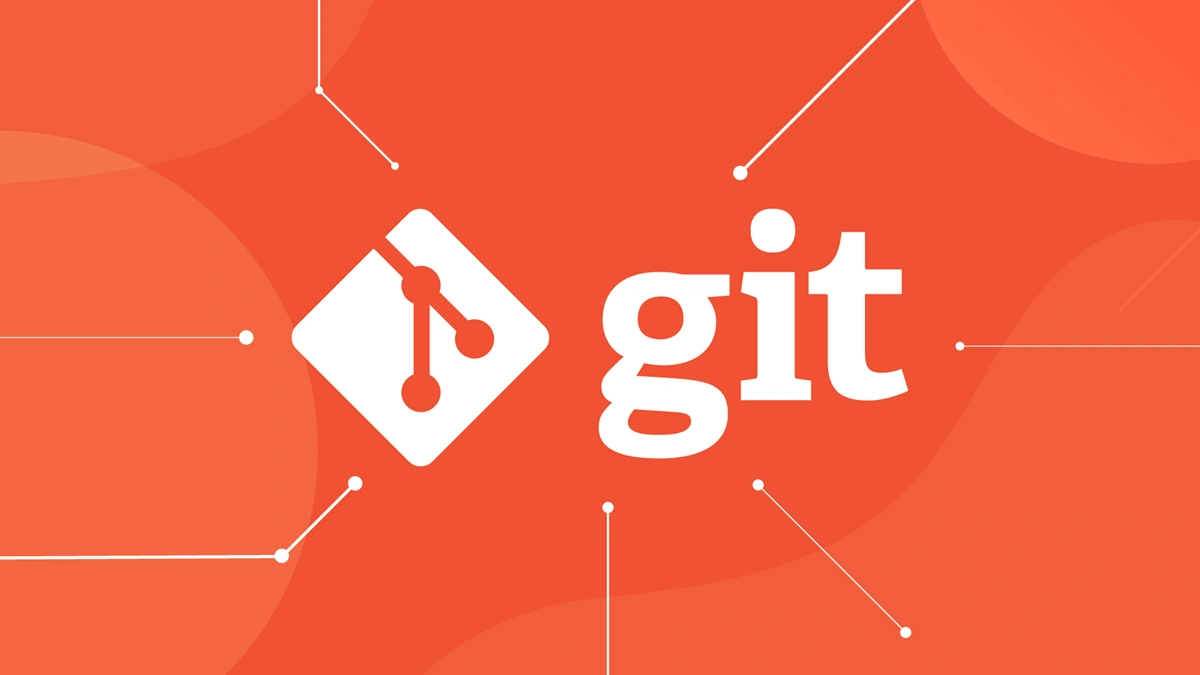
Forget dry definitions. The easiest way to understand Git is to imagine it as a time machine combined with a super-efficient team workspace for your project. It not only helps you save every tiny change, but also lets you travel back to any point in the past, and collaborate smoothly with dozens or even hundreds of others without "stepping on each other's toes."
This article will guide you from the most basic concepts to mastering the power of Git, explaining why it has become the "backbone" of modern software development.
What is Git? Why Was Git Created?
Before Git, the lives of developers (and other creative professionals) were often chaotic. Imagine you're writing an important document:
- You create a file called
Report.docx. - After editing, you carefully save it as
Report_final.docx. - Your boss asks for more changes, so you have
Report_final_v2.docx. - You make your own edits and get
Report_final_v2_edited.docx. - ...and finally,
Report_final_really_final.docx.
This situation is not only confusing but also risky: you don't know which is the latest version, you might lose important changes, and it's nearly impossible to revert to an old version if a new idea doesn't work out. In a team, the disaster multiplies: how do you combine everyone's changes into a single file without losing anyone's work?
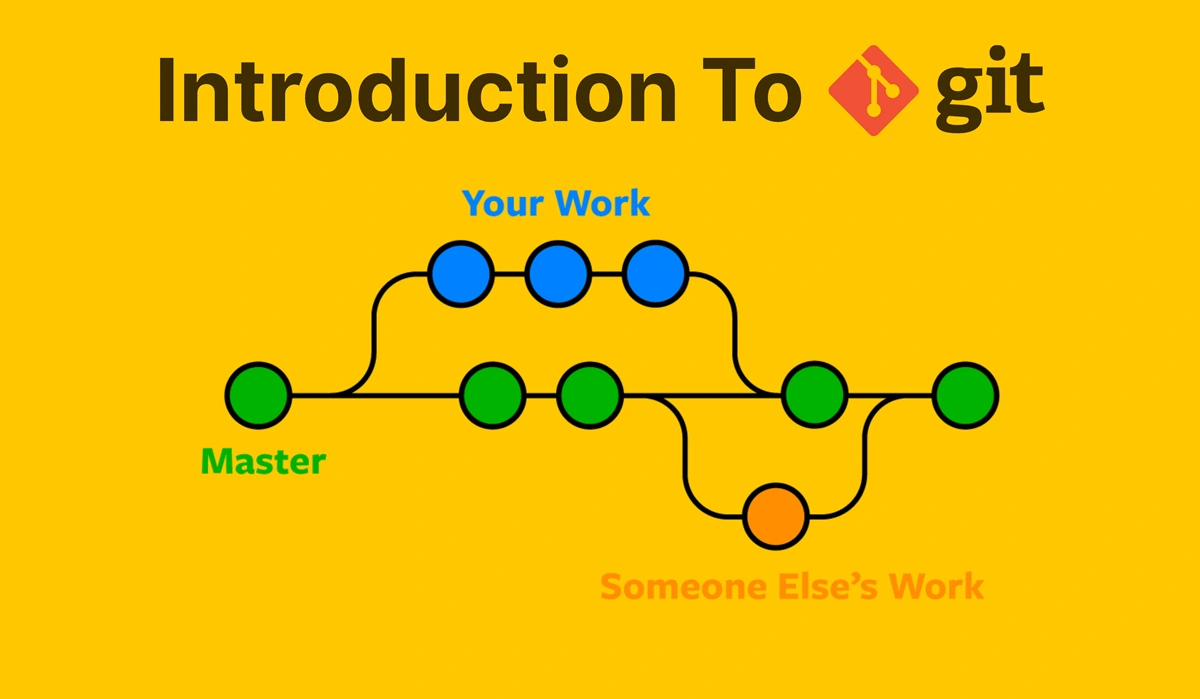
That's where Git comes in as a savior. Git is a Distributed Version Control System (DVCS), created by Linus Torvalds (the father of Linux) in 2005. Its job is to track and manage the history of changes to files in a project.
How Git Works: The Magic Behind the "Time Machine"
To understand Git's power, you need to grasp a few core concepts. Don't worry—they're very intuitive!
1. Repository (Repo)
This is the "heart" of your project—a folder containing all your source code and, more importantly, the entire history of changes to that project.
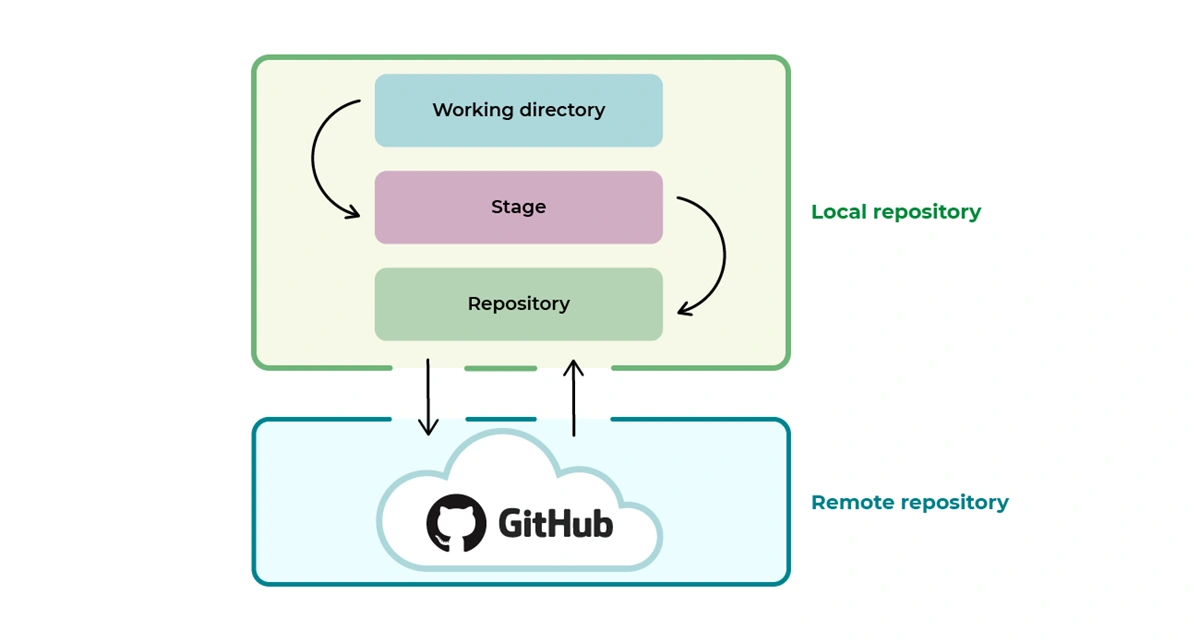
There are two types of repos:
- Local Repository: Located on your personal computer. This is where you do all your work: editing, experimenting, saving versions.
- Remote Repository: Located on a server (like GitHub, GitLab, Bitbucket). This is the "shared vault" for the whole team to sync and share work.
2. Commit
Whenever you finish a meaningful piece of work (e.g., fix a bug, complete a small feature), you create a commit. Think of a commit as a snapshot of your entire project at that moment. Each commit has a unique ID, information about the author, timestamp, and a message describing what changed.
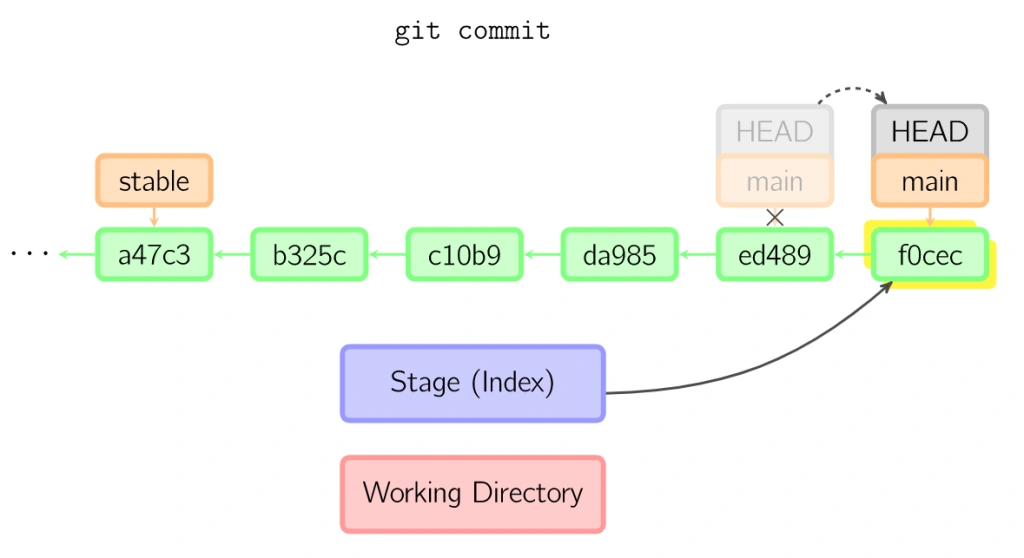
These commits form the project's history.
3. Branch
This is one of Git's most powerful and revolutionary features. By default, you work on a main branch called main (or master). When you want to develop a new feature or try a wild idea, instead of messing up the stable main branch, you can create a new branch.
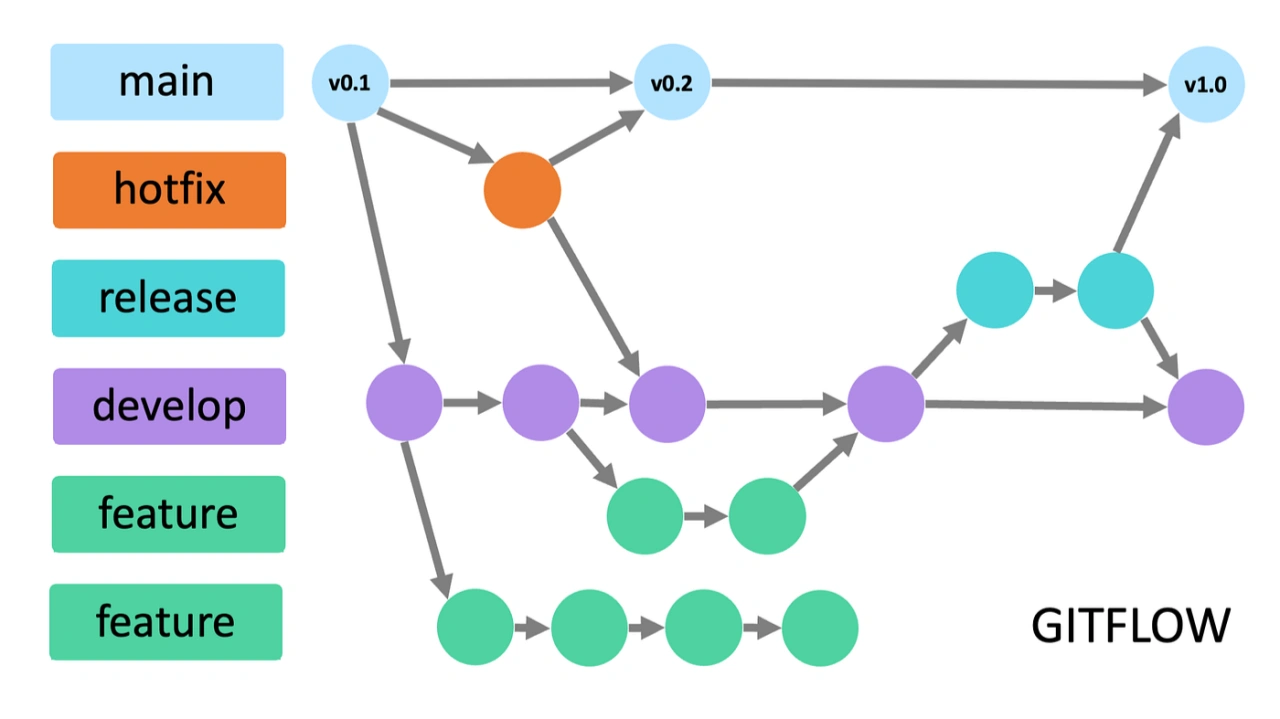
Think of a branch as a parallel universe. You can freely experiment, change, even break things on your branch without affecting the main branch.
4. Merge
Once your feature on the new branch is complete and well-tested, you perform a merge to combine those changes back into the main branch.
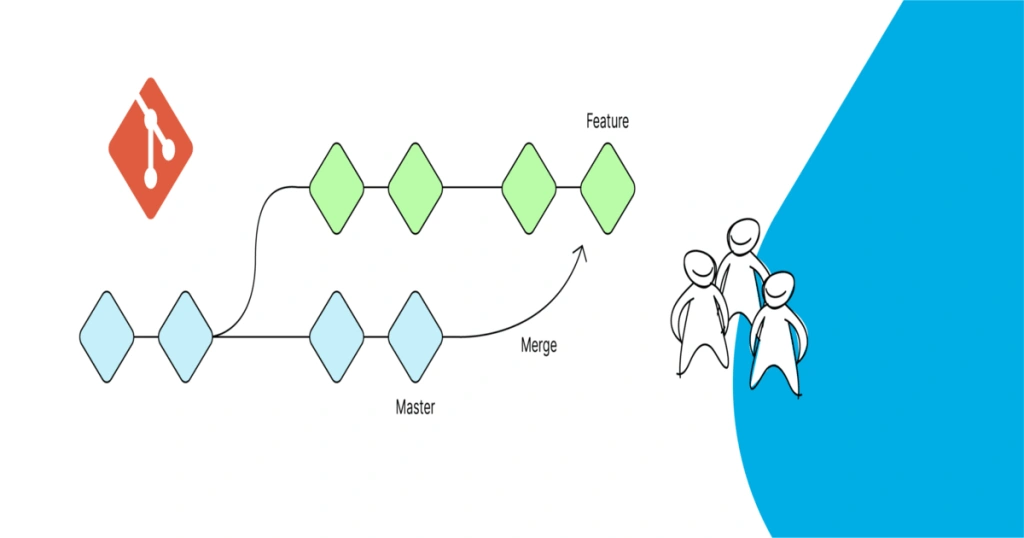
Git is smart enough to automatically merge changes. If there are conflicts (e.g., two people edited the same line), Git will point them out and help you resolve them clearly.
5. Distributed
What sets Git apart from older systems (like SVN) is its "distributed" nature. When you clone a remote repository to your machine, you get the entire copy of that repo, including its history. This means:
- Super fast: Most operations (like viewing history, creating branches) happen locally, without needing an internet connection.
- Work anytime, anywhere: You can commit and create branches even on a plane.
- Safe: If the central server crashes, any member's copy can restore the entire project.
Why You MUST Use Git: Unbeatable Benefits
Here are 5 main reasons:
- 🌟 Comprehensive history tracking: Easily see who changed what, when, and why. Revert to any previous version with a single command.
- 🤝 Effective teamwork: Git was made for collaboration. Features like Branch and Merge let many people work in parallel on the same project smoothly.
- 💪 Confident experimentation: No more fear of "breaking the code." Just create a new branch and experiment freely. If it doesn't work, simply delete the branch.
- 🚀 Foundation of DevOps & CI/CD: Git is the starting point for all modern automation processes like Continuous Integration/Continuous Deployment (CI/CD).
- 🌐 Huge ecosystem: Git is the core technology. Platforms like GitHub, GitLab, and Bitbucket are built on Git, offering web interfaces, project management tools, code review, and more—making Git more powerful and user-friendly than ever.
Basic Git Commands for Beginners
A journey of a thousand miles begins with a single step. Here are the most basic commands you'll use every day:
git clone [URL]: Get a copy of a remote repository onto your machine.git add [file name]: Add a file to the staging area, preparing it for the next commit.git commit -m "commit message": "Snapshot" the changes in the staging area and save them to history with a message.git push: Push your commits from your local repo to the remote repo to share with everyone.git pull: Get the latest changes from the remote repo and merge them into your current branch.git branch [branch name]: Create a new branch.git checkout [branch name]: Switch to another branch to work on it.git merge [branch name]: Merge changes from another branch into your current branch.
Conclusion: More Than a Tool, It's a Mindset
Learning Git isn't just about memorizing a few commands—it's about adopting a professional, organized, and efficient way of working. It frees you from the headache of manual version management, letting you focus on what matters most: creating and building.
Whether you're a developer, a writer, a designer, or anyone working with digital files, Git is a "golden" skill worth investing in. Start today, and you'll see how this "time machine" changes the way you work forever.
![[Git Basics] What is a Git Branch? Mastering Branches in Git](/images/blog/what-is-git-branch-thumbnail.webp)
![[Git Basics] How to Use Git log: Mastering Commit History](/images/blog/how-to-use-git-log-thumbnail.webp)
![[Git Basics] What is the .gitignore File? How to Use It Effectively for Every Project](/images/blog/gitignore-file-thumbnail.webp)
![[Git Basics] What is a Remote Repository? Everything You Need to Know](/images/blog/what-is-remote-repository-thumbnail.webp)